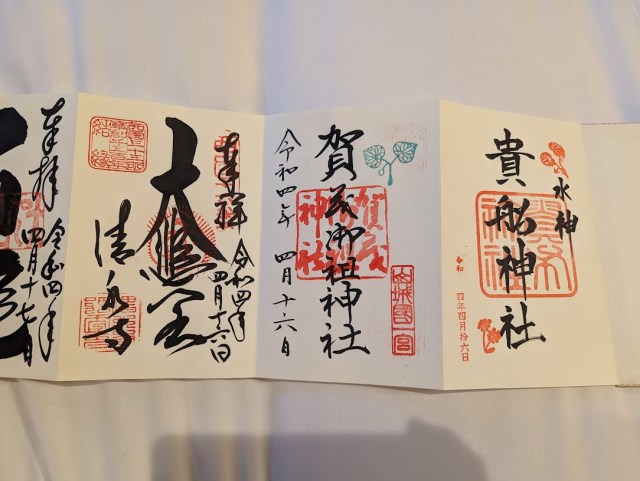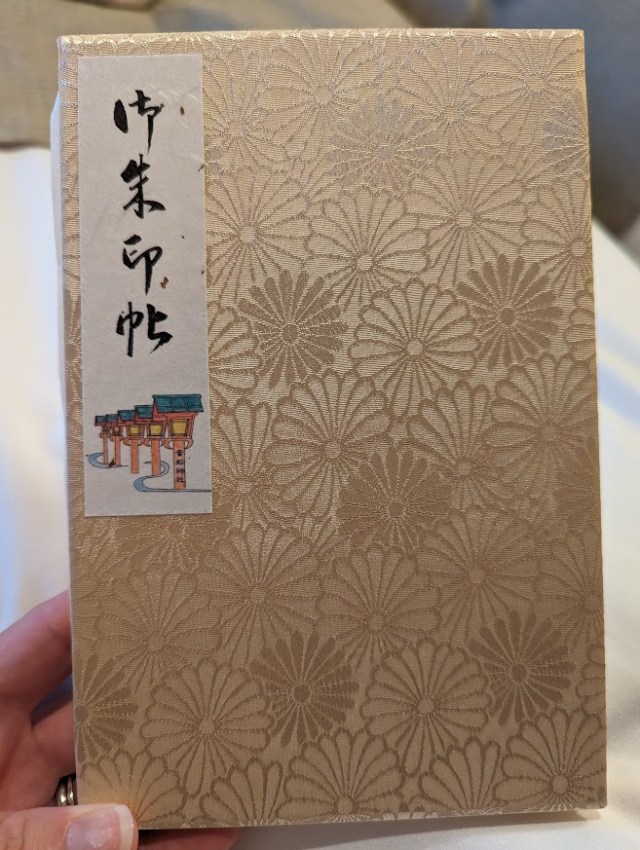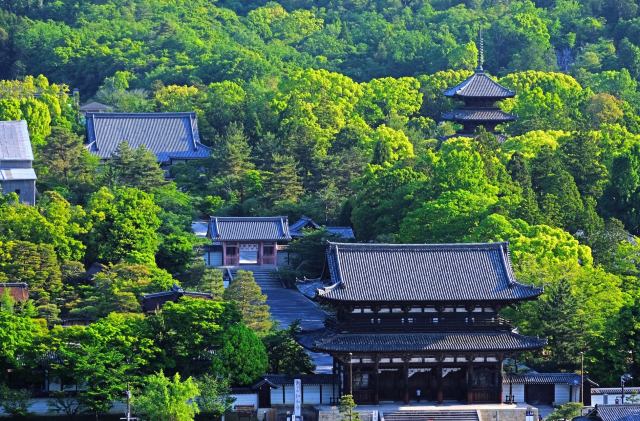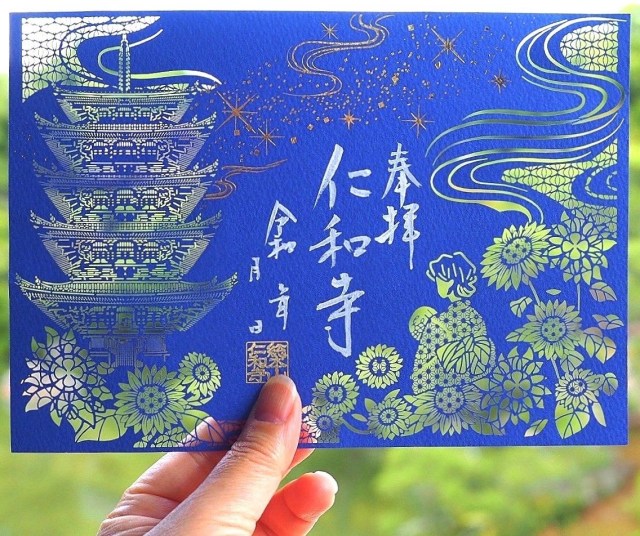Beautiful summertime goshuin seal stamps are back to grace your temple-visiting record book

Kyoto’s ancient Ninnaji Temple is offering a second chance to grab these gorgeously intricate and exclusive papercut designs.
In Japan, visiting Shinto shrines and Buddhist temples around the country is a popular hobby for many people. Upon visiting a location, for a small fee you can purchase goshuin, seal stamps with handwritten calligraphy, which serve as a record that you’ve visited a particular shrine or temple. Most people then store their goshuin inside of a goshuincho record book for safekeeping.
▼ Various examples of go-shuin with the date of visit clearly noted…
 ©SoraNews24/Kotomi Shoji
©SoraNews24/Kotomi Shoji
▼ …and the goshuincho in which they’re stored!
 ©SoraNews24/Kotomi Shoji
©SoraNews24/Kotomi Shoji
This summer, Ninnaji Temple in Kyoto is offering a unique take on goshuin with two gorgeous seal stamps limited to the summertime that were designed in consultation with Elternal Co. Ltd., a business venture from Waseda University. Founded in 888 AD, the temple serves as the head temple for the Omuro School of the Shingon Sect of Buddhism. Most of its surviving buildings today, including the five-storied pagoda on the grounds, date from the 17th century during the Edo period (1603-1868) of Japanese history. It’s also one of the 17 locations in the nearby cities of Kyoto, Uji, and Otsu that have been collectively designated the Historic Monuments of Ancient Kyoto, as well as being conferred as a UNESCO World Heritage Site in 1994.
▼ A view of Ninnaji Temple

Ninnaji Temple’s go-shuin are unique in that they don’t feature the typical plain background or upright rectangular shape of typical goshuin but are instead made of special kirie (the art of cutting paper) designs on colored paper. While the goshuin have been available since June 20, their remaining stock is low due to massive popularity largely propelled by word of mouth over social media. Happily, however, it was recently announced that they’re being reordered for more people to purchase during the remainder of the summer.
The first kirie goshuin is titled “Water and Goldfish ~Cool Breeze~” and it depicts goldfish swimming elegantly in a round pool framed by morning glory flowers, a common symbol of summer in Japan. The paper is bright blue with gold accents for the fish and is meant to evoke a feeling of coolness.

The second one is titled “Summer Night Sky and Five-Storied Pagoda ~Elegance~” and it depicts a woman in a yukata gazing up at a five-storied pagoda surrounded by sunflowers and the night sky, including a glimpse of the glittering Milky Way. Part of its charm is that it’s impossible to tell whether the picture is of a modern depiction of a woman at Ninnaji Temple or if it’s of someone in years gone by.

Ninnaji Temple is hoping that the beautiful kirie goshuin will be a treat for both long-time collectors of goshuin and will also inspire new people to begin collecting them as well. You might also be interested to know that there are other variations of goshuin/goshuincho offered throughout Japan as well, including this tetsuincho by a railway in Fukuoka Prefecture for all of the train enthusiasts out there.
Source, images: PR Times
● Want to hear about SoraNews24’s latest articles as soon as they’re published? Follow us on Facebook and Twitter!
Credit:

0 comments:
Post a Comment